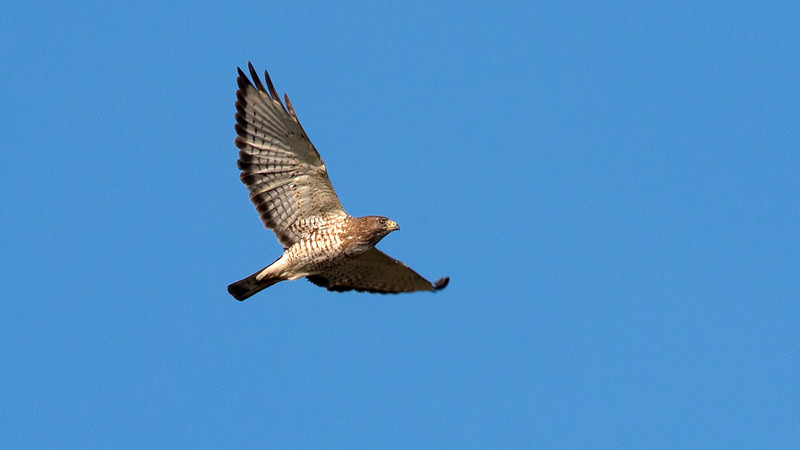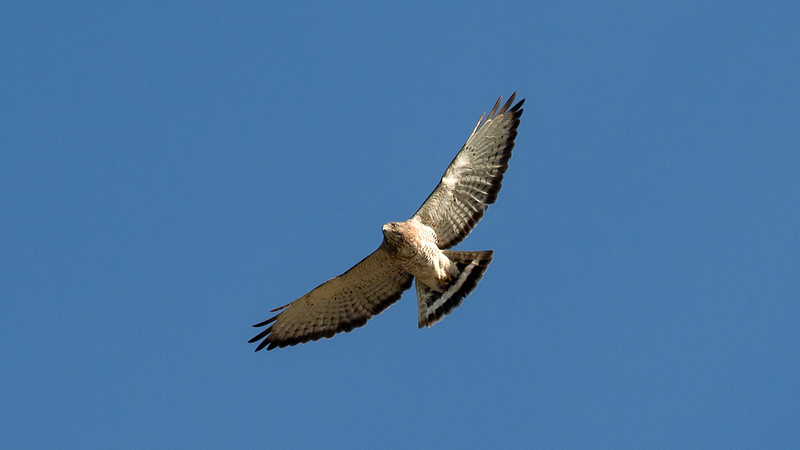
Like the rest of us, Jim Gain couldn’t have imagined that 2020 would bring a devastating pandemic when he retired last year. Gain was Supervisor of Educational Technology for the Modesto City Schools district.
A gifted photographer and naturalist, Gain was looking forward to updating his Reflections of the Natural World website, visiting some of the nation’s most famous birding hotspots, and enjoying family life with his wife and son. Then came the plague.
When the Coronavirus became severe enough to shut down the state’s schools and colleges, Gain realized that online education and visual technology would be needed to help alleviate the learning deficit brought about by the closures, so he volunteered to help close the gap—and found himself back on the job at Modesto City Schools. Like many retirees, he soon realized retirement could often mean more work.
At the time, Gain was already putting in fifteen hours a week as a volunteer for the US Fish and Wildlife Service, doing bird surveys on the San Joaquin River National Wildlife Refuge. That work was a labor of love that enabled him to add to local knowledge of natural history while enjoying the great outdoors. His volunteer status permitted him to visit portions of the refuge that were closed to the public, and Gain sometimes joked that social distancing in his case sometimes meant he was a mile away from everyone.
Gain’s work on the refuge is highly valued because of his broad knowledge of the region’s plant and animal life. The data he collects on his surveys enables refuge managers to adjust habitat requirements to the needs of local wildlife and also helps register trends in the abundance or scarcity of the refuge’s resident birds and migrant visitors.
Last Thursday, Gain was surveying birds on a closed portion of the refuge near the northern boundary of San Joaquin and Stanislaus Counties. As usual, he was carrying his Canon EOS 70D camera, mounted with a IS2 100-400 zoom lens. His sharpshooting skills with camera and lens have enabled Gain to compile a visual encyclopedia of local bird life, a reference work that is always growing.
Gain was focusing on a perched Ash-throated Flycatcher when he caught a low-flying hawk in the corner of his eye. The hawk was darting between trees, and because the bird had a striped tail, Gain at first thought he’d seen a Cooper’s Hawk, one of the common local raptors.

Low-flying hawks can be difficult to photograph, especially with big lenses, but Gain is very fast and very accurate with his big Canon zoom. He got the bird in his sights and immediately realized it was not a Cooper’s Hawk—the shape and flight pattern weren’t right.
Once he realized he had an unidentified hawk in the air, Gain began the process all experienced birders use when identifying raptors. Because Red-shouldered Hawks are common in the kind of habitat Gain was surveying, he used field marks from that species as a comparative basis for identification.
“My mind raced through the key identification points of hawks with a striped tail,” said Gain later.
“The body and chest were a creamy tan, not orange-red like a Red-shouldered Hawk. The tail stripes included a bold black terminal band followed by a relatively broad white band. A Red-shouldered Hawk would have a narrow white band. The undersides of the wings were pale with dark trailing edges and there was no pale crescent near the wingtip like a Red-shouldered Hawk would have. All these characteristics told me in a very few seconds this was a Broad-winged Hawk.”
Gain knew, as only a few of the most experienced local birders know, that a Broad-winged Hawk had never been documented as occurring in Stanislaus County. He knew that Broad-winged Hawks were very, very rare in the San Joaquin Valley and that the last time one was recorded in the area was in San Joaquin County in the late 1980s.
This knowledge likely spurred him on as he captured well over a hundred images of the rare bird, adding to the lists of documented species for both Stanislaus County and the San Joaquin River National Wildlife Refuge.

Careful documentation of bird species in Stanislaus County has been ongoing for over thirty years, and each new record adds to the difficulty of finding another new bird. Nonetheless, it was only a little over a year ago that Jim Gain found another first county record, when he photographed an ultra-rare Slaty-backed Gull among a flock of over five thousand gulls in the northwest corner of Stanislaus County. With the Broad-winged Hawk, the Stanislaus County bird list now includes 324 species.
For at least fifteen hours a week, social distancing for Jim Gain is both more pleasurable and more productive than it is for many of us. It also gives him a break from his much-needed volunteer work for Modesto City Schools, work that continues his long service in the public interest.
In the end, Jim Gain’s passion for conservation and education is strong testimony that even in the midst of a great human crisis, there are those among us who remain committed to maintaining the values that constitute civil society, including a high regard for nature and wildlife.

Grandparents do have value❤️ Thank you for the loving gift❤️😷❤️
Thank you, Jim and Eric — top birders in our area and the nation!
Thanks, Eric, for the wonderful article on Jim Gain and his contributions we all benefit from, conservation and education of our natural world.
You both are valued very much.
Thank you for an inspiring story and for including a link to Jim’s splendid encyclopedia of local birds and some farther afield birding trips.
Beautiful photos from places, like Del Puerto Canyon, where wild biosystems still have a foothold.
Hi Eric,
What a great title and wonderful article on Jim!
You managed to extol the passion of birding while also
praising Jim for his volunteer work for Fish and Game while also coming out of retirement to help MCS
with on-line education. I hope to see a broad winged hawk someday.
Thank you Tom. I’ve lost count of the number of immature Red-shouldered Hawks I almost counted as Broad-winged Hawks. Jim has always been selfless about his dedication to education and conservation.
Truth is, nobody knows what s next or how this is all going to shake out. The best we can do is follow the guidance of public health professionals, be good to ourselves, and look out for each other.